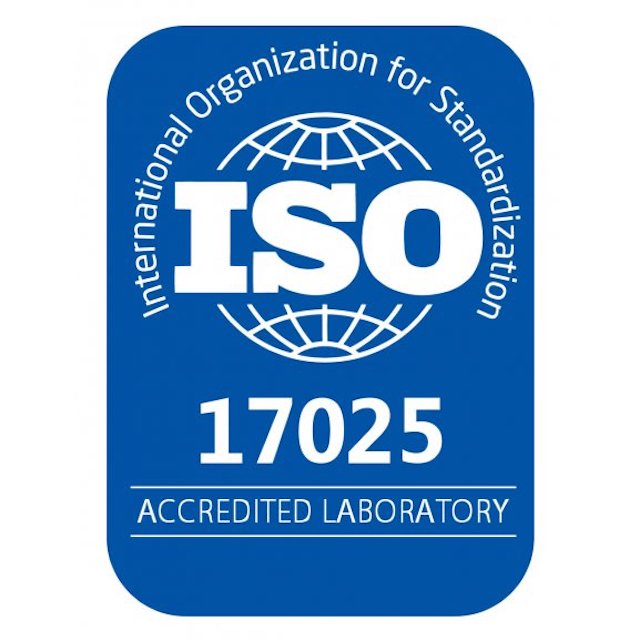
Today’s blog is all about ISO calibration versus non-ISO calibration processes.
All ISO 9001 accredited organizations will require them to develop a calibration system that conforms to the standard requirements of ISO 9001. The versatility of the ISO standard could cover plenty of processes, and calibration is a big one. Read on to learn all about ISO calibration versus non-ISO calibration processes.
The Procedure for Calibration Using 9001
Clause 7.1.5 of ISO 9001:2005 defines the different requirements for calibration in ISO 9001 and is known as the Monitoring and Measuring Resources for ISO 9001. This standard doesn’t provide the actual procedure for calibrating but outlines the requirements an organization must follow. Each organization can pick its way of fulfilling these various requirements. The requirements can be summarized as follows:
- Calibration before usage
- Calibration records and notes
- Calibration Frequency
- ISO Certified Laboratory – ISO 17025 accredited
The mandatory requirements for ISO 9001 certified organizations to calibrate their laboratory instruments that are accredited to ISO standard 17025. The focus is personnel expertise, equipment selection, documented procedures, validity, and measured tolerance levels. While selecting an ISO 17025 accredited lab, ask for their ISO certificate indicating the right accreditation level, the scope of work, and the period for a valid certification.
Calibration Before Lab Use
Calibration or Installation Qualification IQOQ is a requirement before you can use a new er instrument. Instruments may not provide correct measurements if they are used before calibration. Instruments should have calibration labels with dates to indicate calibration status and the next due date.
Methods and Frequency
Correct calibration frequency activity is important, as it directs the device’s performance. The ISO standard doesn’t provide any calibration frequency for any valid device. Instead, it depends on the organization’s methodology for the frequency. Typically, there are two main methods to define a frequency. One method is to set the frequency by consultation with the manufacturer’s guidelines. One other method depends upon the device usage. If the device is used quite frequently, then the frequency is more often, and if the device isn’t frequently used, it can be calibrated less often.
FOR ALL ISO 17025 CALIBRATION SERVICES, CONTACT LAB PEOPLE TODAY
Lab People Inc. is a trusted provider of laboratory equipment, services, supplies, and rental equipment for you and your laboratory. As an ISO 17025 accredited service organization, we stand behind our services with 100% satisfaction guaranteed for all our customers. We offer on-site and off-site calibration services for balances, pipettes, moisture analyzers, force measurement, test weights, and more. Services include preventative maintenance, SQ-Min, IQOQ, repairs, legal for trace/placed in service, verification, and more.
For more information about how we can assist you, visit our website, email us, or call us at 1-800-296-2001!
Do not forget to follow us on Facebook, Twitter, and Linkedin!
